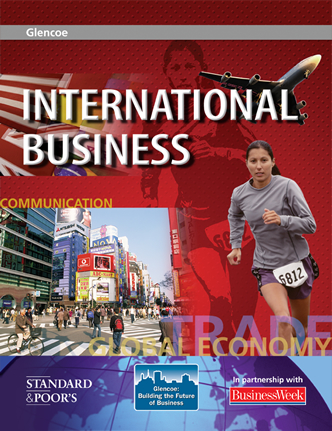
International BusinessChapter 12: Products, Pricing, and DistributionWorld Market Passport
The Environment Brazil is the largest and most populous country in South America. It is located within the vast area between central South America and the Atlantic Ocean. Brazil's western border meets every South American country, except Ecuador and Chile. The country is home to extensive agricultural lands and rainforests, including the low-lying Amazon Rainforest in the north. Most residents live in the south, which features more open terrain of hills and low-lying mountains. Brazil is home to the Amazon River, the largest river in the world in terms of flowing water, and the second largest in length. Since it is located in the tropics, Brazil's climate has little seasonal variation, except for the subtropical south, where occasional frost and snow can occur at higher elevations. History Inhabited by semi-nomadic people over 10,000 years ago, Brazil was first explored by the Portuguese in 1500. Over the next three centuries, Portuguese settlers exploited brasilwood, sugar cane, agriculture, coffee beans, and gold mining using enslaved Amerindians and later African slaves as the main sources of manpower. In 1808, Queen Maria of Portugal and her son relocated to Rio de Janeiro after fleeing the armies of Napoleon. In the early 1800s, commercial ports to the United Kingdom were opened, elevating Brazil's status abroad. A small-scale conflict arose and led the way to the country gaining its independence in 1822. Over five million European, Arab and Japanese people immigrated to Brazil in the 19th and 20th centuries, as the country continued to colonize and industrialize. During the 20th century, Brazil was led by dictatorships during three separate periods, but has internationally been considered a presidential democracy since 1985. Culture and People The dominant ancestry of the Brazilian people is Portuguese, and thus Portuguese is its official language. Over 186 million people make up its diverse population, whose culture has been influenced by the Amerindian and African people. This is largely reflected in the country's cuisine, music, dance, and language. Carnival is a world famous celebration of the country's culture that attracts tourists from around the globe. Click to hear the music of Brazil.
|  |
















